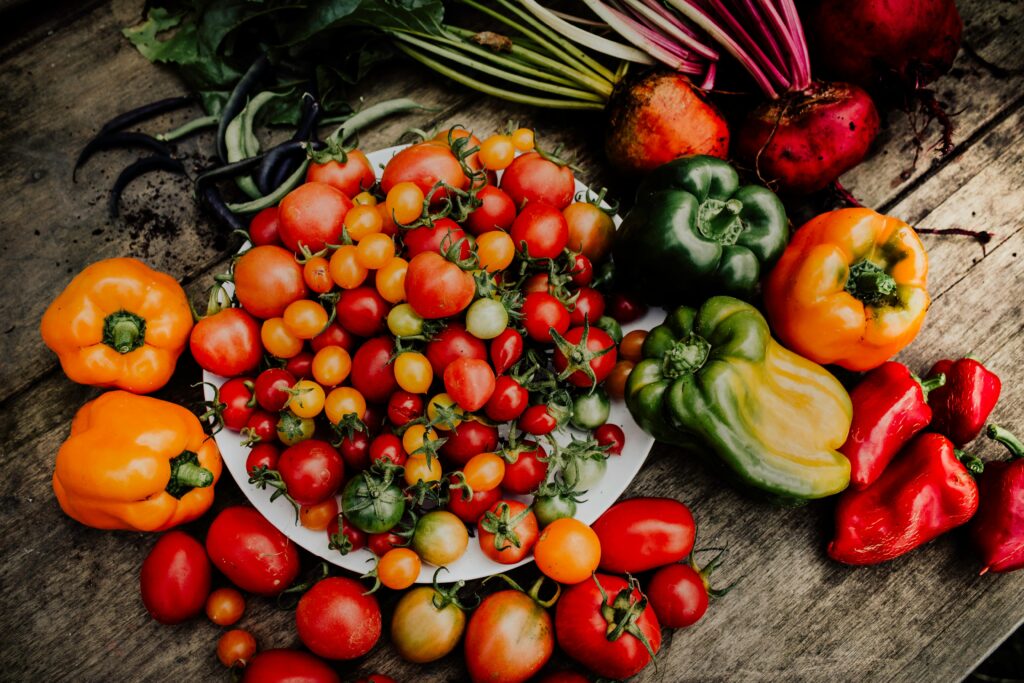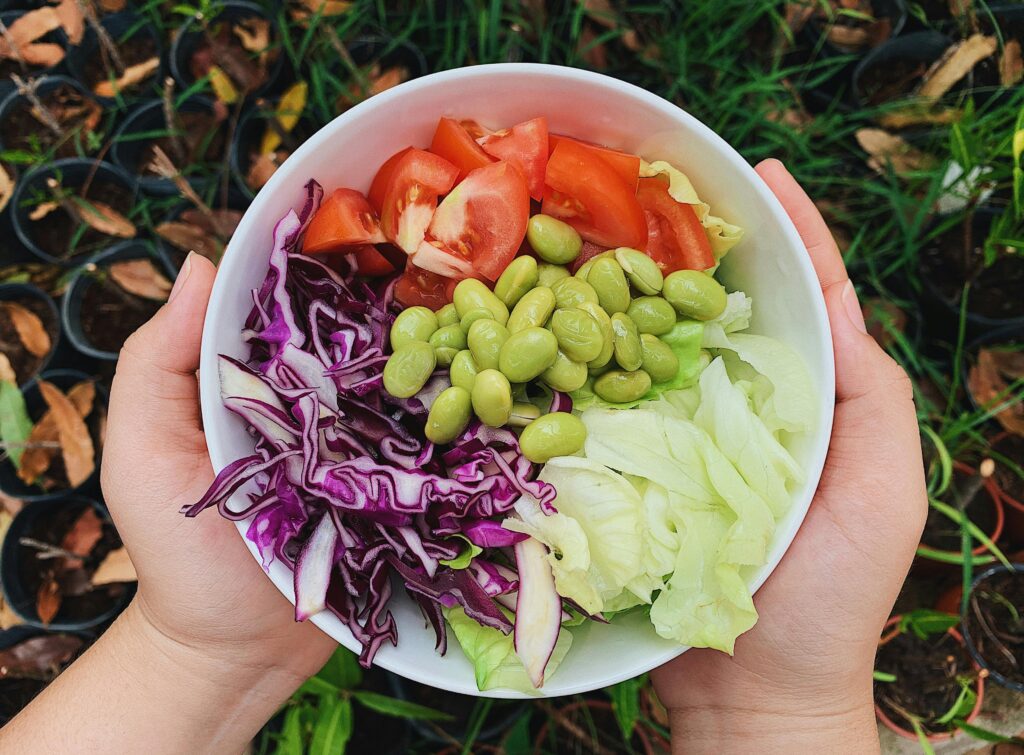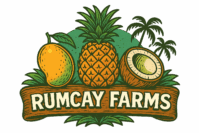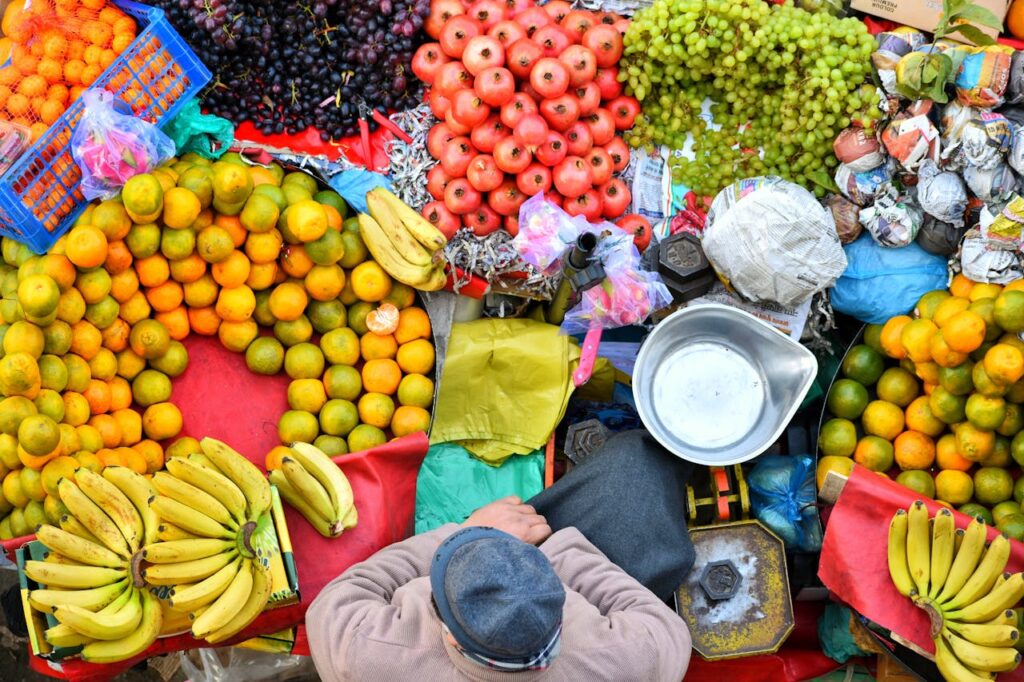Engaging Introductions: Capturing Your Audience’s Interest
What if your next meal started not at the supermarket—but in the soil beneath your feet?
That’s the idea behind farm-to-table living, and here at Rumcay Farms, it’s more than a trend. It’s a way of reconnecting with our food, our island, and each other.
When you eat food that’s grown locally, harvested by hand, and served fresh, something shifts. The flavors are richer. The experience is fuller. And the impact goes far beyond your plate.
Here’s what makes farm-to-table so powerful for islands like Rum Cay:
It Brings Back the Connection
In today’s world, it’s easy to forget where food comes from. Farm-to-table reminds us: behind every mango or tomato is a process—a season, a story, and a grower who cared.
It Supports Local Health
Freshly picked fruits and vegetables are higher in nutrients and flavor. By eating what’s in season and grown nearby, we’re nourishing our bodies in harmony with the land.






It Reduces Our Footprint
Every banana flown in from abroad carries a carbon cost. But when food comes from just down the road—or down the field—we lighten our environmental load and build resilience.
It Strengthens Community
Sharing local food creates a ripple effect. It empowers farmers, supports local chefs, sparks small businesses, and invites neighbors to the same table—literally and figuratively.
And soon, you’ll be able to taste this mission for yourself at the upcoming Rum Cay Hotel.
Guests will enjoy meals crafted with ingredients straight from our fields—mangoes, tomatoes, coconuts, leafy greens, and more—harvested just minutes away from your room.
It’s more than a vacation meal.
It’s an invitation to experience Rum Cay’s land, labor, and love—on every plate.
Farm-to-table isn’t just how we serve food. It’s how we serve the future.



